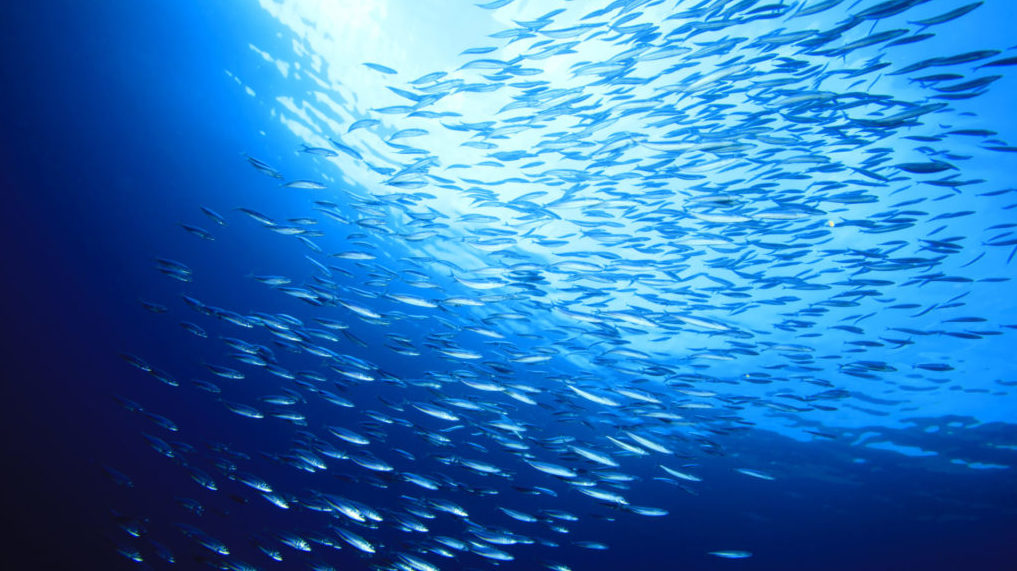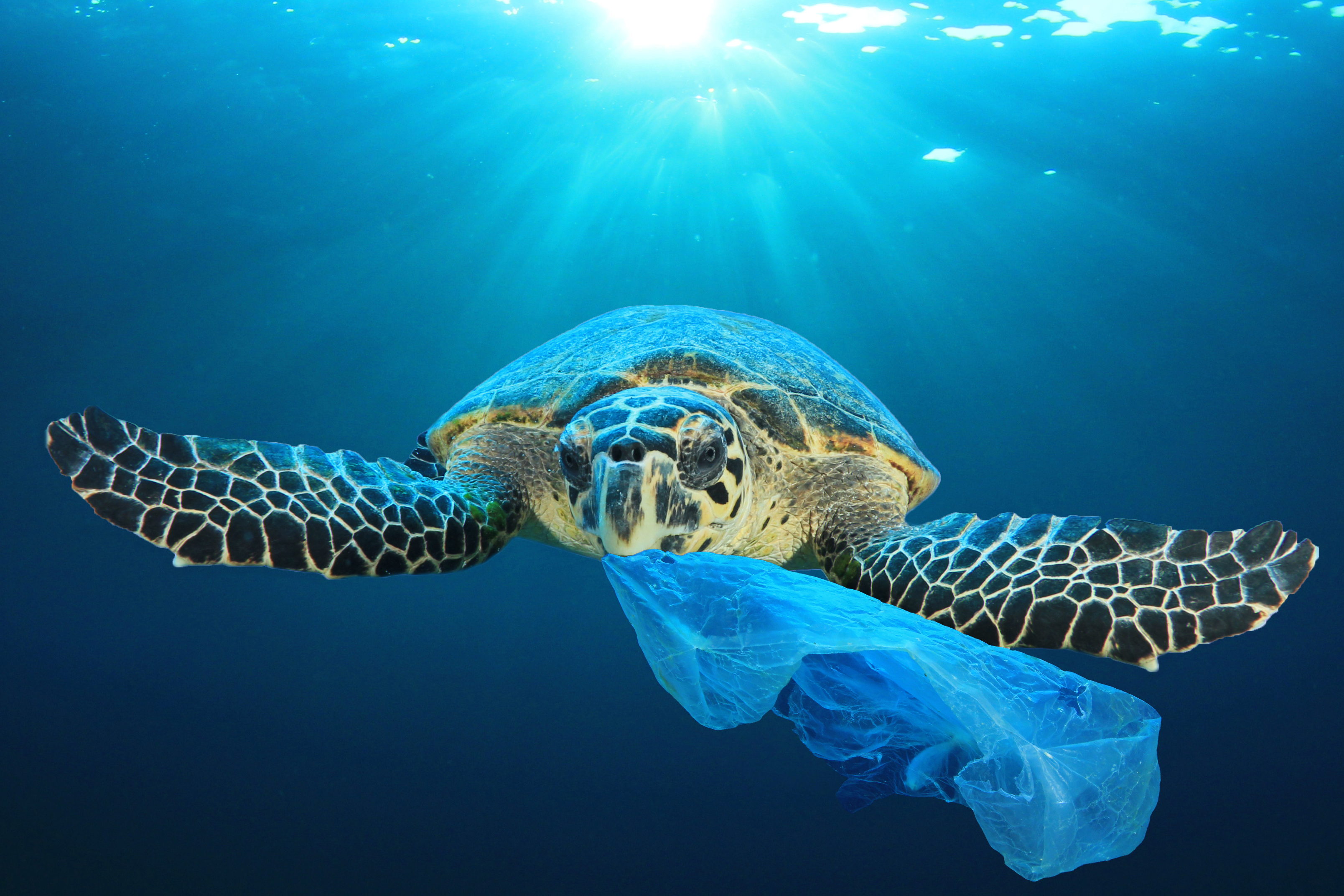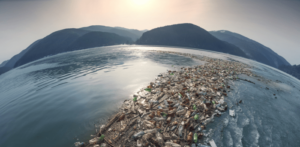The blue economy is an innovative economic development model based on durability, renewability and reuse which aims to revolutionise our production activities and eliminate polluting emissions.

Oceans, lakes, seas and rivers are an extraordinary natural heritage for the human race. Unfortunately, however, they are being turned into giant open-air landfill sites. Bottles, bags, packaging and other waste has clumped together to form veritable plastic islands that risk suffocating aquatic life.
The time has come to change our models of behaviour. Combating environmental pollution and rejecting traditional economic models seem to be the only way to mitigate the risk. What are the solutions? An innovative business model based on the recovery of raw and waste materials and their reintegration into the production cycle. This new economic model is known as the “blue economy” and is set to revolutionise our production activities.
What is the blue economy?
The term “blue economy” was coined by the Belgian economist Gunter Pauli. He began with a very simple concept inspired by biomimicry, the study of how nature works, where nothing is wasted and everything is reused in a process that transforms waste into raw materials. How? By finding new production techniques and improving existing ones.
For example, when we drink a cup of coffee, we only ingest 0.2% of the biomass harvested by the farmer. The remaining 99.8% is thrown away. But this is not waste material. In fact, there are many companies across the world that could use this waste for something else, such as growing other types of food. This is the concept of the blue economy, to do more with what we have.
The blue economy is a sustainable business model able to generate a positive long-term impact on the health of our oceans. More generally, it focuses on economic activities associated with the sea, the coast and the sea bed, such as fishing and maritime transport, seeking to revolutionise them.
The sea: a valuable resource
The blue economy proposes new solutions for activities associated with the ocean: fishing, aquaculture, the food processing industry, shipbuilding and boating, coastal tourism and mining. It has enormous potential and is set to receive investments of €6.14 billion from the European Commission in the EU 2021-2027 budget. Under the project, a fund will be created that will facilitate investments in new maritime markets, technologies and services, such as ocean energy and marine biotechnology, aiming to:
- optimise high-value employment opportunities from the current 5.4 million to an expected 7 million in 2020;
- lower carbon emissions;
- revitalise traditional sectors of the economy and identify new emerging sectors;
- safeguard the health of marine ecosystems.
The blue economy: an evolution of the green economy
Unlike the green economy, the blue economy does not require companies to invest more in saving the planet.
The green economy aims to reduce the use of polluting materials and calls upon companies to invest more resources. However, the blue economy is aimed at eliminating the production of environmentally damaging waste and increasing profits while demanding less capital investment. Blue thinking is an approach that seeks to promote economic growth but with less capital thanks to technological innovation and the transformation of previously wasted materials into profitable goods.
The opportunities of the blue economy
In its annual report, the European Commission attempted to measure and systematically monitor the trends, performance and progress of the blue economy. It found that in Europe, the blue economy represents a valuable investment in the short and long terms and across various levels:
Economic: the blue economy will cover 90% of the EU’s foreign trade and 40% of trade within the European Union
Social: it will optimise high-value employment opportunities related to the marine and maritime sectors, from 5.4 million today (€500 million in added value to European GDP) to 7 million by 2020 (€600 million in added value).
Environmental: carbon emissions will reduce thanks to the promotion of long-term sustainable growth and the optimised safeguarding of marine, land and freshwater resources, which would otherwise become increasingly rare and costly.
In the last decade, the blue economy has proven itself able to grow rapidly and effectively withstand the financial crisis, mitigating some of the effects of the recession on coastal economies. It is no wonder that Italy, United Kingdom, Spain, France and Greece currently represent the five biggest blue economies in Europe.
A sea of resources for Italy
Yes indeed, with its 8,670 km of coast Italy is the third biggest blue economy in Europe and has the highest production rate for the use of maritime resources. Driven by coastal tourism, Italy’s blue economy already employs over 390,000 people and generates some €19.7 billion in added value to the country’s GDP.
It is a particularly important resource in the south, where many young Italian entrepreneurs have already put their faith in this new economic model. According to Confindustria, at the end of 2017, around 10% of businesses in the blue economy (19,000) were established by young people mainly in central and southern Italy.
But are we really headed towards the sustainable development of our economic activities? It certainly looks like it, and it is perhaps the only road we have to guarantee our future and the future of generations to come.





